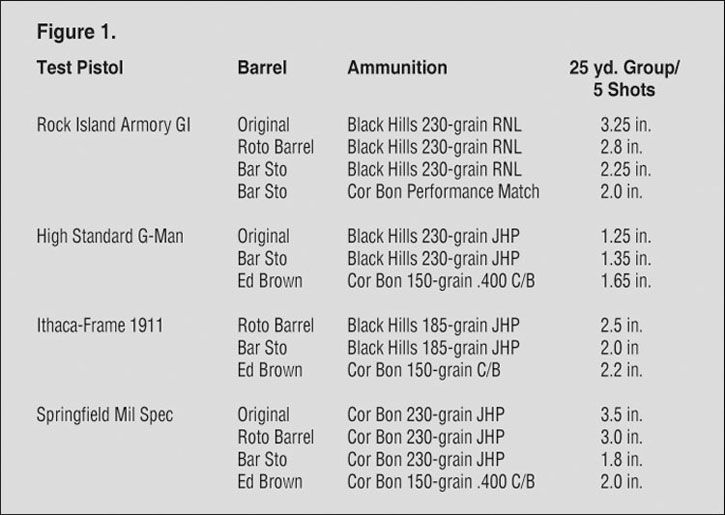
Over the years, I’ve replaced a dozen or so 1911 pistol barrels for various reasons. When military pistols were more common, wear and corrosion was a consideration. Later, the increased accuracy afforded by custom match-grade barrels from Bar Sto Precision was a leading factor. Today, some pistols come from the factory with match-grade barrels, but, of course, these are expensive high-end pistols.
At the other end of the spectrum, service-grade pistols often come with a cost-cutting two-piece barrel. These pistols use a barrel that is brazed together, with one half meeting the other about at the chamber and barrel-lug line. While serviceable, these barrels are less than ideal.
I’ve ordered “drop-in” barrels that require a minimum of fitting, such as the Roto Barrel from Sarco, Inc. I’ve also fitted match-grade Bar Sto barrels that required considerable effort. All of the barrels I have used from Sarco, Bar Sto, Nowlin, and Kart have given good results, but often the improvement in accuracy has been a function of the amount of time spent in fitting the barrel.
Recently, when working with a Springfield M1911A1, I ordered a Bar Sto barrel and specified drop-in dimensions. My experience with Bar Sto is that these barrels do actually drop in with most Colt and Springfield pistols. Conversely, a pistol supplied with a fitted barrel will often require a match-grade barrel to be fitted as a replacement if the original wears out.
Before we proceed, let me issue a warning: If you’re not completely familiar with how the 1911 pistol functions, don’t attempt to precision fit a barrel. In other words, this is not a good first project. Let’s look at some different barrels, both drop-in and fitted, and consider the options in ordering and fitting barrels.
Not long ago, I found a decent older 1911 at a fair price in a pawn shop. The popularity of the .400 Cor Bon cartridge is reflected in the fact that we are now seeing used pistols with conversion barrels in this caliber. The barrel was an Ed Brown drop-in. The pistol functioned fine, but it was well worn and lacked good sights. I wanted to use the high-quality Ed Brown barrel in another pistol, and replace the barrel in the pawn-shop 1911 with another barrel. I ordered a Roto Barrel from Sarco, Inc. Advertised as a drop-in, the Roto Barrel is both affordable and well made of good material. I consider it a good choice for replacement in older 1911s. In this case, it plugged in and came out firing.
A word on barrel fit: As long as the pistol locks up in the same manner every time the pistol fires, we’ll have an accurate handgun. The locking lugs and the barrel bushing must be reasonably tight. Older 1911s sometimes rattle when shaken, and this means the piece is loose enough for good feed reliability. But just the same, a pistol with tight lugs and bushing can be accurate, but all points must be accurate. A well-fitted lug does nothing if the bushing is not also tight. Sometimes, a match-grade barrel bushing alone can increase accuracy. If you wish to replace a pitted or well-worn barrel in a GI or Mil Spec-type, the Roto barrel should give good results, especially if you also fit a King’s match-grade barrel bushing.
Let’s take a brief look at a comparison of the accuracy of several 1911s with different types of barrels. These test results are not definitive, as only two types of ammunition were used, but I carefully recorded the results firing from a solid bench rest. I think the results are interesting and a good reflection of the inherent properties of different types of barrels.
From the test results, you can see that the Bar Sto really shines and, in most applications, it does drop in. In fairness, the High Standard .45 is a high-end pistol fitted at the factory with a match-grade barrel, so the drop-in Bar Sto was not likely to equal this level of accuracy. The G-Man is an individual defense pistol, not a general service pistol, as it requires a bushing wrench to be field stripped.
So barrel fitting in the old-fashioned way can produce excellent results—but so can a drop-in high-quality barrel. Good sights and a good trigger compression affect practical accuracy while the barrel affects intrinsic accuracy. The only 1911 pistols I’ve owned that approach a true one-inch 25-yard group have been those fitted with a match-grade custom barrel.
First, understand your lockup points. There are four lockup points on the barrel. These are the locking lugs, the barrel bushing, the sides of the hood, and the bottom lugs. Let’s begin with a quality barrel that is ordered as a match-grade unit. In other words, oversize. The barrel hood is larger than the breechface opening and must be fitted. When filing, be certain of two things: You must have .003-inch clearance on each side, and the hood must remain parallel to the breechface sidewalls. Straightforward, sure, but this still requires some attention to detail. The barrel extension is also longer than drop-in, and must be measured with a hood gauge and properly shortened. Carefully cut the barrel on a lathe until the hood is about .003 longer than the hood-gauge measurement.
At this point, the handwork comes in. Carefully file the barrel until the unit slides into the lugs with no excess movement—a good tight fit. I normally use Bar Sto barrels, and am most familiar with this type, but the general rules apply to Nowlin (another fine barrel) and the Storm Lake and Wilson Combat barrels as well. (Kart barrels are a special case to be covered at another time.) The rear cut of the Bar Sto controls upward motion and must be carefully inspected during fitting. The time-honored method of fitting begins with placing the upper lugs in the slide slots, and carefully and slowly tapping the bottom lugs with a brass hammer. Tap toward the muzzle for proper fit. Simply put, filing the barrel allows it to move more fully into contact in the locking recess. You can smoke the stainless barrel, and file where the smoke is rubbed off. Sight black can also work. Be certain your strokes are perfect, with metal filed away and moved evenly. You wish to reach a point where the barrel rests in its locking lugs without springing away from the locked position when pressed into place. In short the barrel must be properly fitted and also perfectly centered in the slide.
I find binding on the slide stop less common with modern barrels, but it can happen. This is especially true of extended slide stops for some reason; I suppose they are a bit larger overall to support the added weight of the gas-pedal-type slide lock. The hood must be centered and the bottom lug must not bind on the slide stop, but must ride smoothly against it and square properly.
There has been some confusion concerning the proper length of the link. I’m surprised it is not understood more thoroughly. Once the barrel lower lugs are properly filed and smoothed, with a proper fit to the slide stop, measure the length from the link-pivot hole to the area that has been polished. Next, measure the area between the two holes of your swinging link. These measurements must be the same. If not, the link will not be properly fitted. When using a larger diameter slide stop this measurement becomes critical; but I have had to use the Chip McCormick oversize slide stop on occasion with off-specification 1911 pistols in order to ensure proper function, and, while not related to barrel fitting, to snug up certain upper-unit caliber conversions. You really have to understand the relationship between link-length and barrel to locking lug to slide-stop measurements to do this.
When the upper assembly is placed on the pistol and checked for smoothness and function, any drag will normally be from the lower lug against the slide stop. This is addressed by filing and smoothing. As for the barrel bushing, normally a fitted bushing comes with the barrel. When using a King’s or National Match bushing, we need to fit the bushing to the barrel. An improvement in accuracy is always realized when fitting a tight bushing. The bushing is oversize in inner dimensions and the barrel is turned to achieve a good fit. A fitted bushing works best with pistols that are already pretty accurate, and will not make up for a sloppy pistol.
Let me leave you with a few thoughts on “accuracy.” Accuracy is a qualitative expression that attempts to describe the measured degree of precision an instrument exhibits. When measuring the accuracy of a time piece, for example, it’s possible to ascribe a true value since that value is known. The true value of an accurate handgun will probably never be measured. Nevertheless, the skilled gunsmith can always improve on any handgun—even one that is already highly accurate.




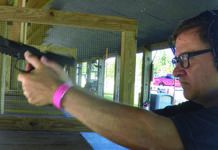
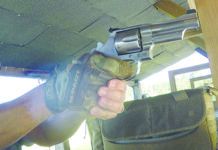
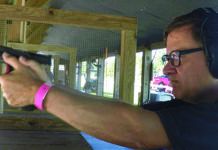
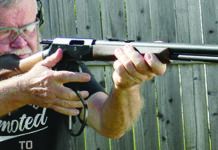
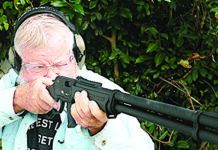
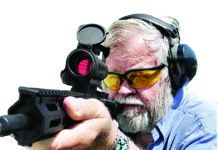
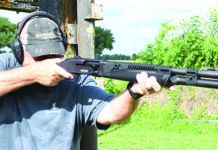
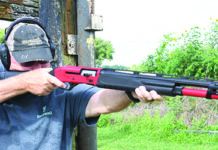
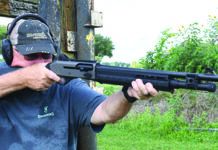



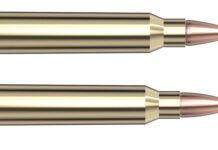

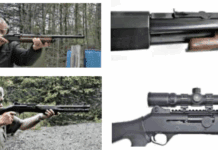
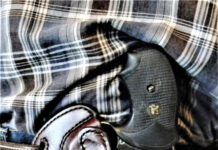


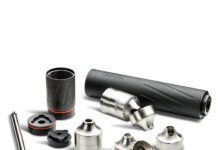
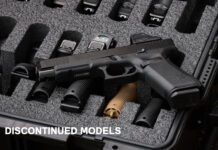

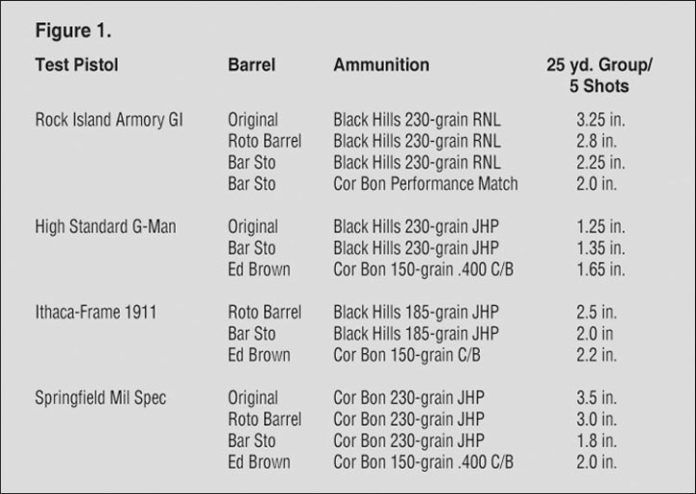

I was wondering if these is an difference between the hood or link on a colt 1911 barrel or a colt m1991a1 barrel or with minor fitting will they replace each other